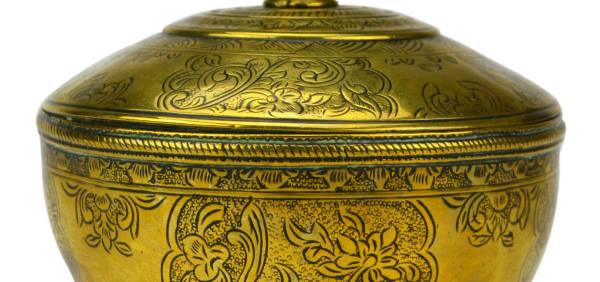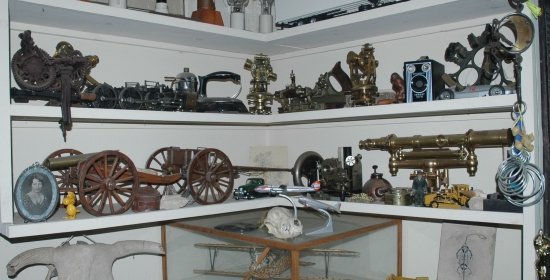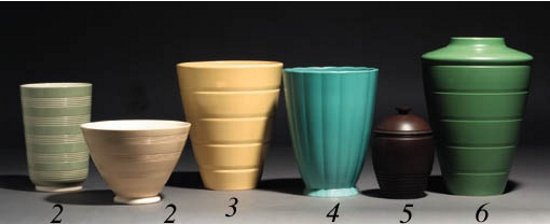Weathervanes, or weathercocks as they’re often called, date back to Roman times, and perhaps earlier. It was during the late 18th and early 19th centuries that weathervanes started to become more highly decorated with a wide range of forms used including ships, horses and peacocks.
Antique weathervanes are very much in demand, with handcrafted ones particularly desirable, although factory-made ones from the mid- to late-nineteenth century are also very collectible. Some of the most popular weathervane makers in the USA are A.L.Jewell, J.W.Fiske, E.G.Washburne and Cushing and White.
In the 18th and 19th centuries, there was much experimentation with weathervanes in an effort to improve them. One famous improver in America was Thomas Jefferson who built a roof-mounted one with a shaft leading down to the room below. An indicator there showed the wind direction, so there was no need to go outside to check the vane.
Unfortunately, some unscrupulous dealers take contemporary weathervanes and make them look antique by artificial means such as the use of chemicals, so it’s always best to buy from a reputable dealer.
There are some guidelines for identifying fake from real weathervanes. Real antique vanes are much finer than fake ones. Since antique vanes were usually covered with metal sheets, rather than being painted, they may have some gilt borders remaining, a telltale sign that they are genuine. An antique weathervane should have a mellow, burnished finish rather than a shiny look. Weathervanes were often used as targets for shooting practice, so some antique vanes may have bullet holes in them.
If the weathervane has holes or fissures, then a genuine antique should have some dust and debris accumulated inside. Give the vane a shake to see if this is the case. Although these are not absolutely certain tests for ascertaining the age of a vane, they are helpful pointers to use in deciding if a vane is an authentic antique.
Antique iron weathervanes come in a variety of types including ones for fence mounting, for the lawn and for the roof top. Many weathervanes also come with accessories like cupolas, mounting shafts, and roof mounting bases.







